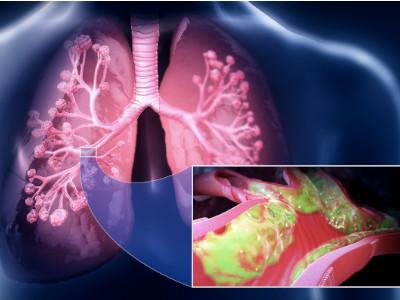
- Published on 09-Mar-2022
- 0 Likes
- 0 Comments
- 117 Times Read
Cervical cancer is a malignancy of the cervix. All over the globe it is the second most common cancer in women. Scientists are studying cervical cancer to find out more about how it develops and they are looking at better ways to detect and treat it.
Cervical cancer sets in when cells in the cervix begin to grow uncontrollably forming a mass of extra tissue called tumor. Malignant tumors are cancer cells, and can invade and damage adjacent tissues and organs. Cancer cells can also break away from a malignant tumor and enter the lymphatic system or the bloodstream. This is how cervical cancer spread to other parts of the body such as nearby lymph nodes, the rectum, the bladder, the bones of the spine, and the lungs. Spreading of the cancer is a process.
Cancer of the cervix is different from cancer that begins in other parts of the uterus and requires different treatment. Most cervical cancers are squamous cell carcinomas. Squamous cells are thin, flat cells that form the surface of the cervix. The second most common form is adenocarcinoma which comes from cells that make up glands in the cervix.
Cancer of the cervix may present vaginal bleeding but symptoms may be absent until the cancer is in advanced stages, which has made cervical cancer the focus of intense screening efforts utilizing the Pap smear. Most scientific studies have found that human papillomavirus (HPV) infection is responsible for ninety percent of the cases of cervical cancer. HPV is a sexually transmitted disease that is incredibly common in the population. HPV is the virus that causes genital warts, but having genital warts doesn't necessarily mean getting cervical cancer. There are different subtypes, or strains, of HPV and only certain subtypes are likely to cause cervical cancer, and the subtypes that cause warts are unlikely to cause cervical cancer. However, almost all cancers of the cervix haveevidence of HPV virus in them, so infection is a major risk factor for developing it.
Because infection with a sexually transmitted disease is a risk factor for cervical cancer, any risk factors for developing sexually transmitted diseases are also risk factors for developing cervical cancer.
Another important risk factor is smoking; smokers are at least twice as likely as non-smokers to develop cervix tumors.
Symptoms of the disease may not appear during the early stages of the cancer that is why it is important to have screening Pap tests. When the tumor grows in size, it produces a variety of symptoms including abnormal bleeding (including bleeding after sexual intercourse, in between periods, heavier/longer lasting menstrual bleeding, or bleeding after menopause), abnormal vaginal discharge (may be foul smelling), pelvic or back pain, pain on urination, blood in the stool or urine.
Although having these symptoms may not mean that you have cervical cancer, it is always best to consult with your doctor once you experience any of these problems. If cervical cancer is detected early, it can be treated without impairing fertility.




0 Comments